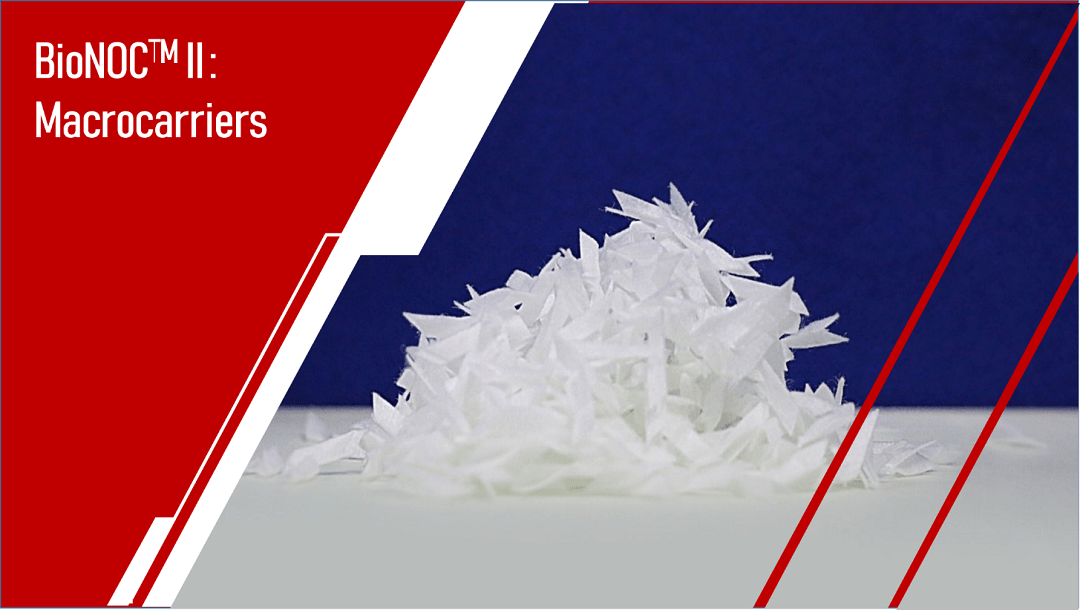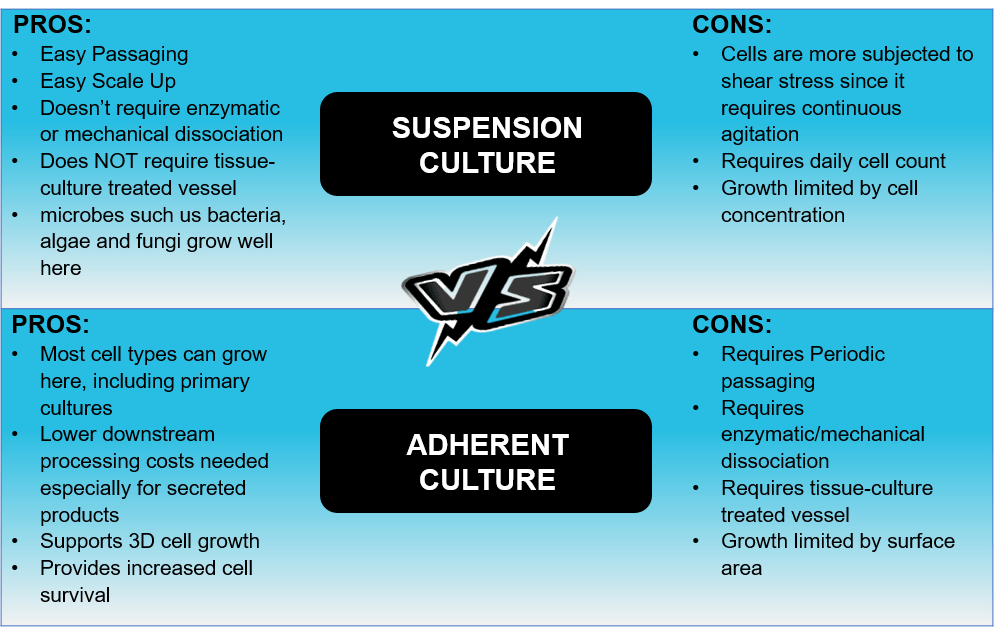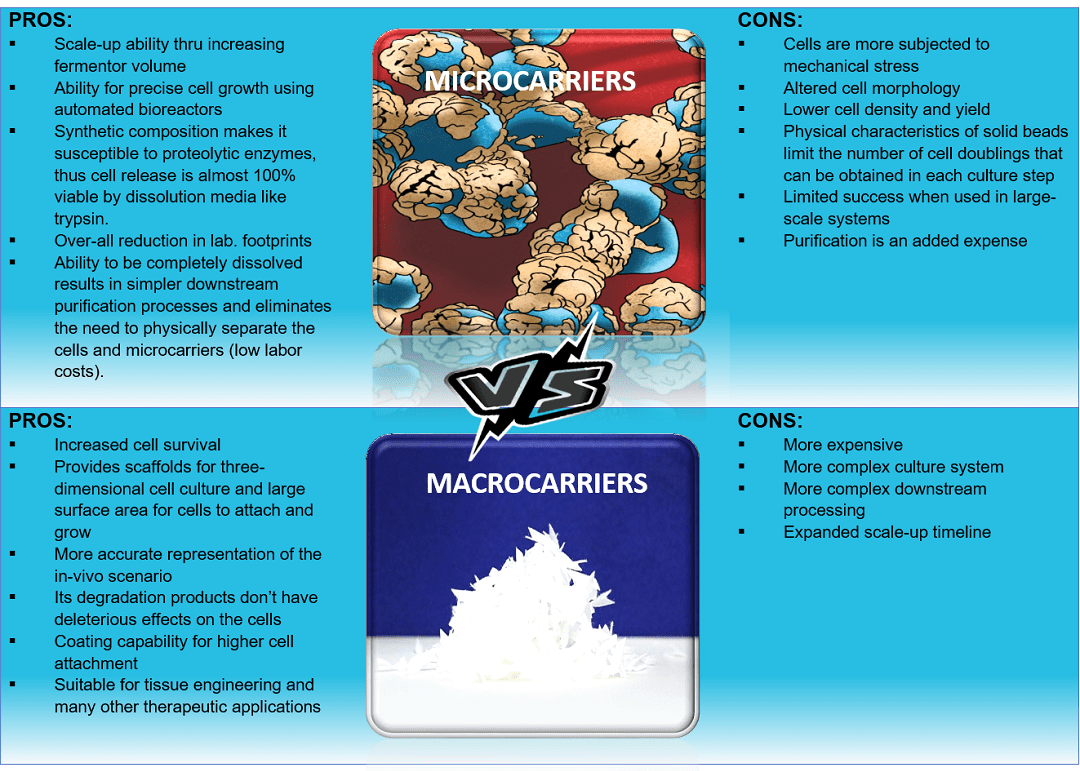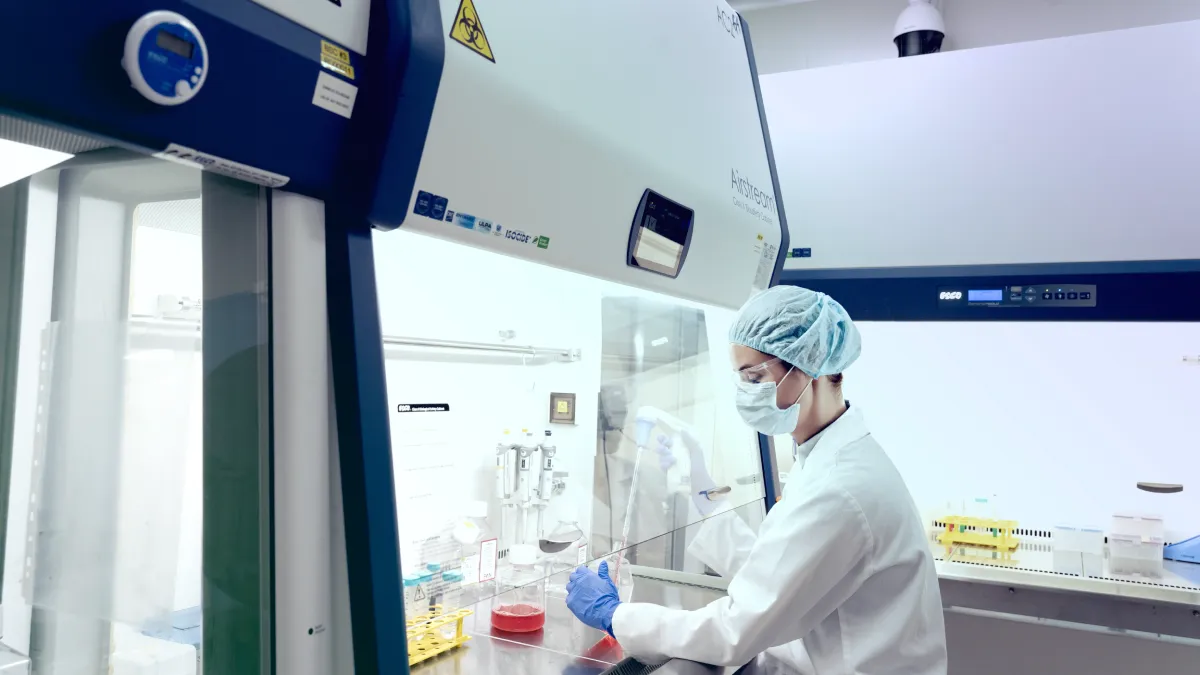
With the aim to comprehend complex cellular behaviours and mechanisms of various diseases such as cancer, in vitro researches paved new way for contemporary assays and techniques: breakthroughs in medical biotechnology including vaccine production, recombinant proteins, monoclonal antibodies, tissue engineering, gene therapy, and cells for transplantation have become more robust while the approach for cell culture researches became very upfront and audacious. Among these advancements, in vitro cell culture procedures are being developed and perfected to provide more reliable results that better represent in vivo cellular responses.
The three-dimensional cell culture is a major discovery that enables scientists to capture a better representation of the cell's natural environment. With the help of 2 main cell-support systems: Microcarriers and Macrocarriers, this macrocarrier is able to produce higher cell yields using bioreactors via provision of a larger surface area for cells to attach and grow. This results in relevant cell to cell and cell to extracellular matrix interactions mimicking the cell's in vivo environment. Such interactions are considered essential for multiple cellular processes, including differentiation and proliferation.
However, cells are of different kinds. Through several established researches, scientists came up with two commonly used platforms to culture and propagate them: if cells can efficiently multiply while suspended in agitated liquid medium, it can be referred to as "Cell Suspension Culture";on the other hand, if cells can proliferate more through surface adherence, may it be on the walls of the vessels on which they are put into or through the use of macrocarriers, it can be referred to as "Cell Adherent Culture". Both platforms are now used in different scientific areas and applications: vaccine production techniques are constantly evolving, and biosimilar and pharmaceutical industries are now anticipating to improve affordability and wider access to lifesaving therapeutic interventions. Moreover, gene, cell and tissue engineering are still highly experimental, but have the best potential to become an important treatment regimen.
The table shown below is a well-detailed representation on the differences between the two cultures.
Suspension VS Adherent:

However, cells are of different kinds. Through several established researches, scientists came up with two commonly used platforms to culture and propagate them: if cells can efficiently multiply while suspended in agitated liquid medium, it can be referred to as "Cell Suspension Culture";on the other hand, if cells can proliferate more through surface adherence, may it be on the walls of the vessels on which they are put into or through the use of macrocarriers, it can be referred to as "Cell Adherent Culture". Both platforms are now used in different scientific areas and applications: vaccine production techniques are constantly evolving, and biosimilar and pharmaceutical industries are now anticipating to improve affordability and wider access to lifesaving therapeutic interventions. Moreover, gene, cell and tissue engineering are still highly experimental, but have the best potential to become an important treatment regimen.
Microcarriers VS Macrocarriers:

Today, the Biotech, academia and manufacturing companies are working hand in hand to come up with the finest, stress-free, convenient and accessible way to culture, propagate and harvest cells. As a company innovates its products, Esco offers a more efficient and extensive cell culture through the use of BioNOC™ II macrocarriers. These macrocarriers are used with the Tide Motion system to provide gentle and low-shear stress environment for the cells. It has enhanced mechanical strength, porosity, hydrophilicity, and biocompatibility that contribute in making cell culture successful and of high-product quality.
References:
Kjell Nilsson (1988) Microcarrier Cell Culture, Biotechnology and Genetic Engineering Reviews, 6:1, 404-439, DOI: 10.1080/02648725.1988.10647854
Nilsson, K., Buzsaky, F., and Mosbach, K. (1986) Growth of anchorage dependent cells on macroporous microcarrier. Biol. Technol. 4, 989-990.
Swamy, J. (2003) Genzyme. The development of long term, microcarrier-based perfusion process for the production of recombinant proteins. IBC Conference, Cell Culture and Upstream Processing, San Diego.
Michael W. Hess,Thomas Seppi, in Methods in Cell Biology, 2010
Sign up to our newsletter and receive the latest news and updates about our products!
